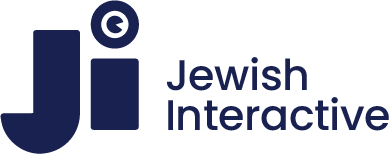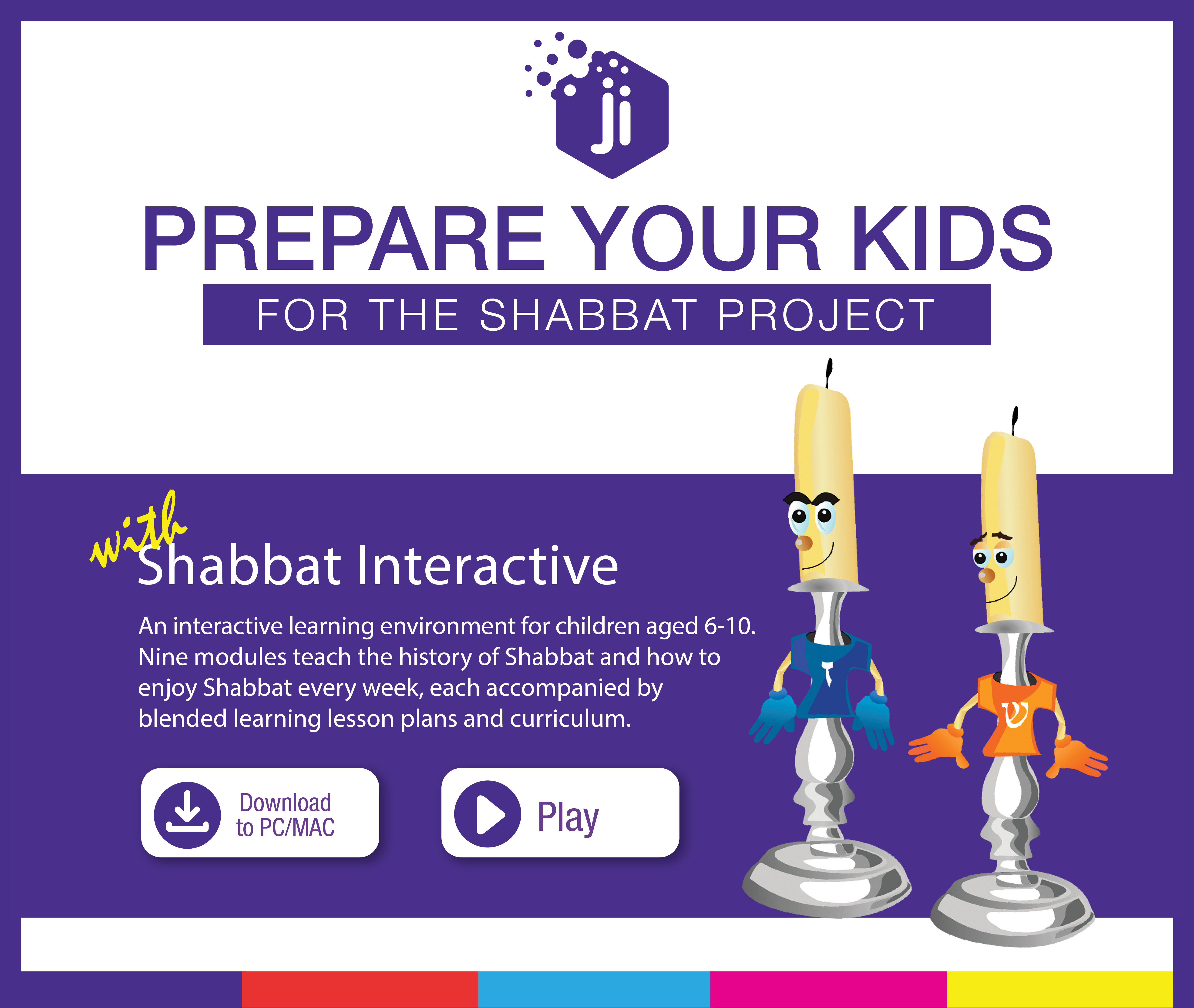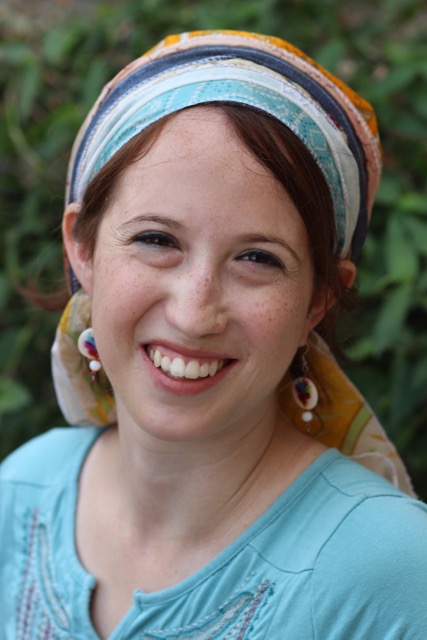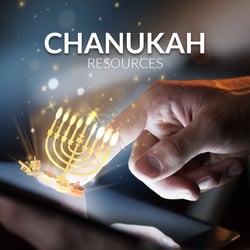Shabbat, Shabbos, Sabbath, the names themselves speak of different backgrounds, cultures and languages. I don’t think there’s an area in Judaism that isn’t touched by that diversity in thought, opinion and action. Especially when it comes to ritual that’s so immersive you feel it with all your senses, or as one toddler put it, a tingling in his toes.
Shabbat, or Shobbes, or…you get the idea, is that all-enveloping and altogether inviting experience—even if you don’t invite a single guest. A day with obligatory switch off and no work obligations; you can go to shul, daven, or visit your friends. We’re not sure if the day is complete without finishing a book or taking a nap.
The word itself related to lashevet: to sit and shavat, to cease or desist from active work. In Modern Hebrew we have the word shvitah meaning a workers’ strike. It’s also similar to sheva, seven, for Shabbat is the seventh day.
For God stopped on the seventh day. In essence, creating a day of rest out of the act of creation. It’s said to be the day to commemorate redemption from Egypt and a taste of Olam Haba, the world to come. That’s the nap.
From a few minutes before sunset on Friday evening until three stars appear in the sky on Saturday night we eat, rest, pray and sing. We sing the various traditional songs that highlight each reason to serenade the Shabbat Queen.
We light candles; say Kiddush, then eat challah or pita. That’s pretty much the start of every festive meal and then it might vary with taste and tradition.
That’s the medley of difference and contrast that The Shabbos Project taps into. Rabbi Dr Warren Goldstein, the Chief Rabbi of South Africa, started the initiative and it changed his own community and by extension world Jewry.
The revolution is simple: Jews from all walks of life, whatever religious affilitation or the language they speak, they can connect with one goal: to experience one full Shabbat together. We take pleasure in family and communal life and champion Jewish identity. In previous years the massive endeavor has united Jews residing in over 150 cities and 95 countries.
Fittingly, it became a fixture on the calendar we all look forward to. And the week and month running up to the worldwide Shabbat fills up with exciting activities to ensure the weekend goes off with a bang. Whether it’s a shiur (educational Torah lecture), a kumsitz (choral gathering), a games’ night or a challah bake, it’s all in good fun.
Our schools and our littles are not to be left out in that whirl or preparation. There’s a FREE interactive animated program in our repertoire: Shabbat Interactive. It’s for children aged 6-11 and has nine modules that teach the practical aspects and the history of Shabbat. It’s ideal for home learning, a flipped classroom or your classroom interactive whiteboard. You can download an educator’s guide, printable worksheets and the lesson plan has additional source materials from Chumash, the Midrash and Talmud. The program is available in two languages (English and Hebrew) and three nusachim (Sefardi, Ashkenazi and Chabad). Learn tunes for Lecha Dodi from all over the world. How’s that for echoing the diversity of the Shabbat Project and Shabbat itself?
Are you ready to join other Red Sea pedestrians on a walk on the united side?
This year it’s Shabbat 6/7 November, Parshat Vayera. Play before Shabbat. Be sure to print out your game to play together on Shabbat day. Take a picture of your table. Disconnect. Connect. Check for a toddlers’ or children’s service near you.







